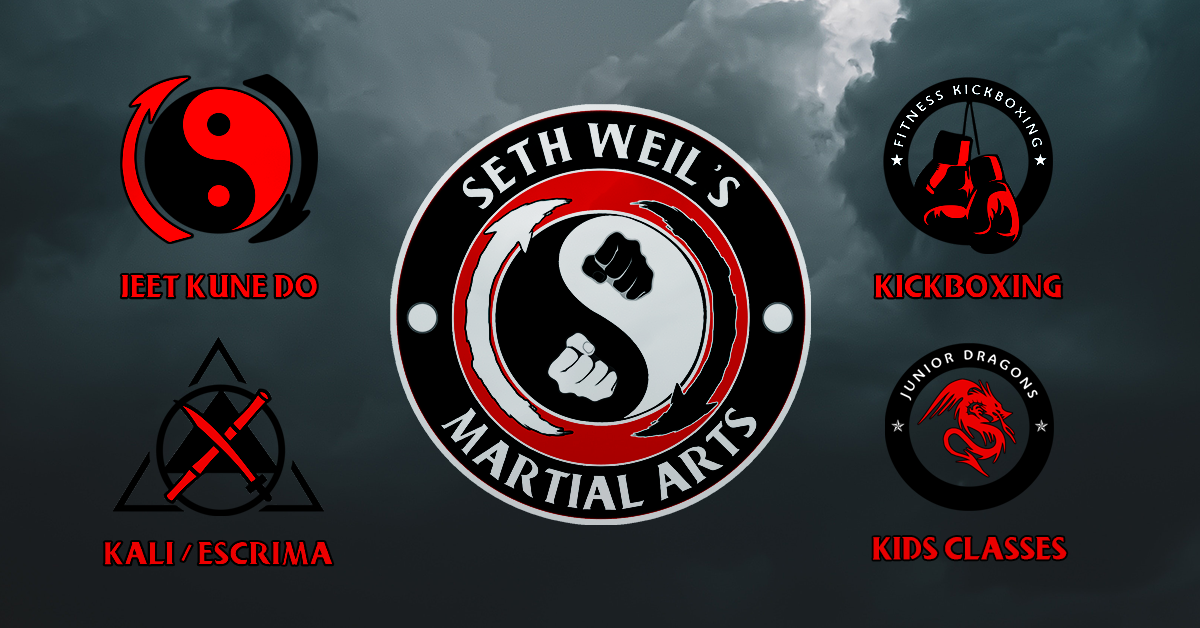
Introduction
Jeet Kune Do, often referred to as “The Way of the Intercepting Fist,” is a unique martial art and philosophy that was developed by the legendary Bruce Lee. Born out of his desire to create a practical and effective fighting style that transcended traditional martial arts limitations, Jeet Kune Do (JKD) has become a global phenomenon and a source of inspiration for martial artists and enthusiasts alike. In this article, we will explore the essence of Jeet Kune Do, its principles, and its enduring legacy.
The Birth of Jeet Kune Do
Bruce Lee, a martial arts prodigy, actor, and philosopher, began his quest for a more efficient fighting system in the early 1960s. Dissatisfied with the rigid techniques and dogmatic nature of traditional martial arts, Lee sought to blend the most effective elements from various styles, discarding what he considered impractical or superfluous. This resulted in the creation of Jeet Kune Do, a dynamic and adaptive martial art that emphasized minimal movement with maximum effect.
Principles of Jeet Kune Do
- Simplicity: One of the fundamental principles of Jeet Kune Do is simplicity. Bruce Lee believed in eliminating unnecessary movements and adhering to techniques that were straightforward and practical. By removing complexities, practitioners could react faster and more efficiently during combat.
- Directness: Jeet Kune Do advocates directness in both offense and defense. Instead of relying on elaborate patterns or pre-planned combinations, JKD emphasizes intercepting the opponent’s attacks with direct and economical counter-attacks.
- Economy of motion: In line with the principle of simplicity, Jeet Kune Do emphasizes economy of motion. Lee believed that excessive movements were wasteful and vulnerable to counter-attacks. By using only the necessary movements, practitioners could conserve energy and respond swiftly.
- Adaptability: Jeet Kune Do encourages adaptability, allowing practitioners to adjust their techniques based on the situation and the opponent. Instead of sticking to rigid forms, JKD practitioners flow like water, seamlessly transitioning between techniques to find the most effective solution.
- Non-classical: Jeet Kune Do is often described as “non-classical” or “formless” because it rejects the constraints of traditional martial arts. There are no fixed patterns or specific stances, allowing practitioners to develop a personal style that suits their strengths and preferences.
Legacy and Impact
Bruce Lee’s creation of Jeet Kune Do revolutionized the martial arts world, inspiring countless individuals to explore the depths of their potential. He emphasized the importance of personal growth and self-discovery, encouraging practitioners to develop not only their physical abilities but also their mental and philosophical outlook.
Beyond its practical effectiveness, Jeet Kune Do evolved into a way of life. It encouraged practitioners to embrace continuous learning, humility, and the pursuit of self-improvement. The philosophy of Jeet Kune Do extends beyond the realm of martial arts and resonates with people seeking personal growth in all aspects of life.
It is more than just a martial art; it is a philosophy that inspires individuals to seek simplicity, efficiency, and adaptability in all aspects of life. Bruce Lee’s genius lies not only in creating a practical fighting system but also in imparting a mindset that transcends the boundaries of combat. Jeet Kune Do remains a source of inspiration for those who strive for personal growth and mastery, serving as a lasting tribute to the extraordinary man who forged this unique path.
